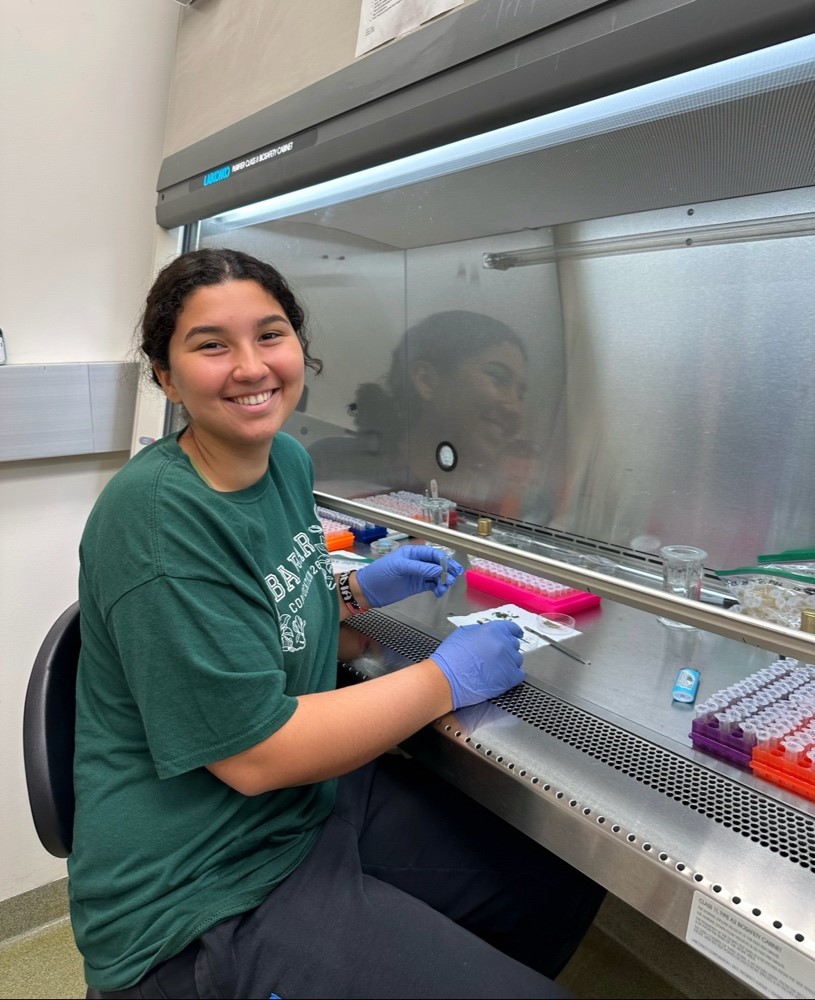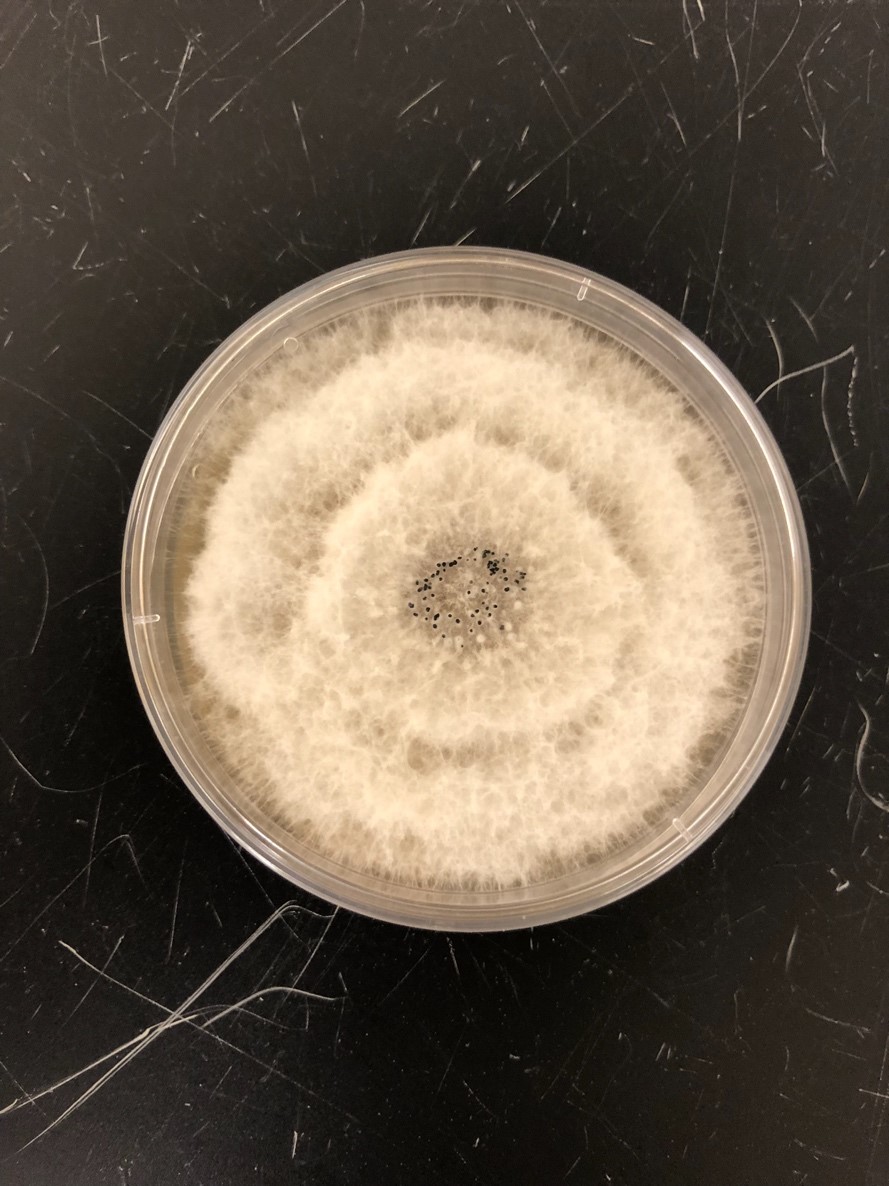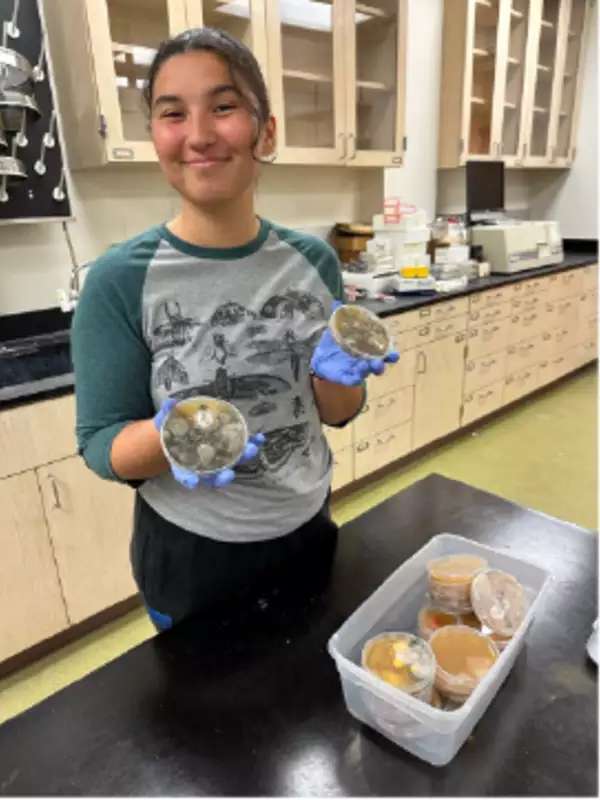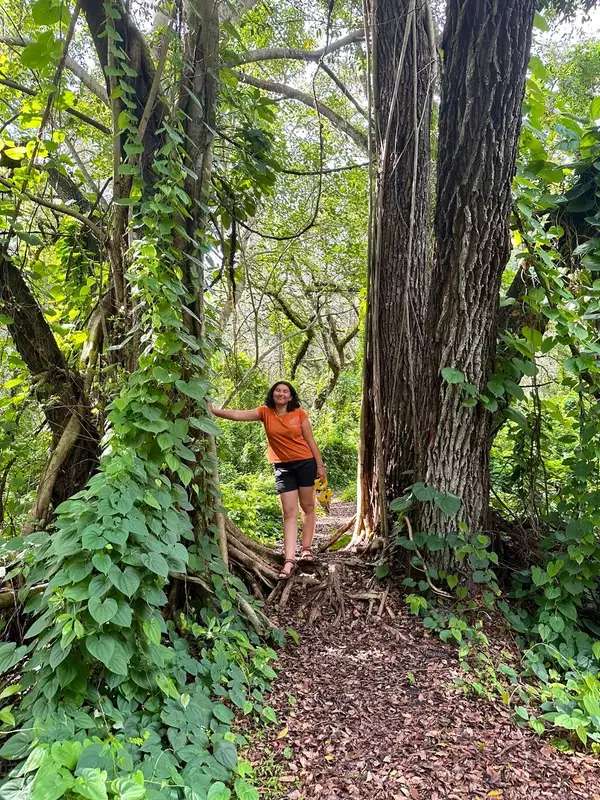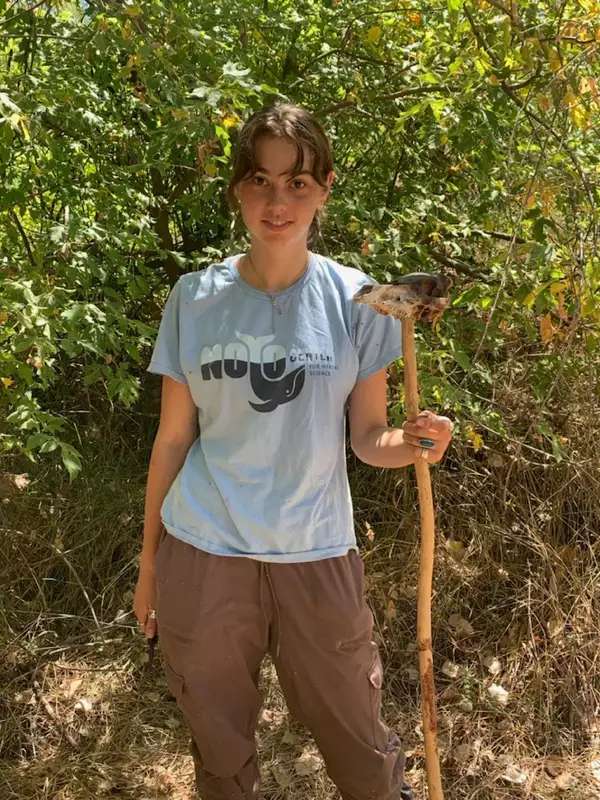Blog post #2 by Nadia Alhassani
The past month has been quite eventful, as we collected more leaves from Miami processed our initial set of samples. We began the month with our second trip to Miami, where we focused on collecting the leaves of Trema mircanthra. In the field, I found that it is was quite difficult to differentiate a ‘healthy’ from a ‘sick’ leaf, as we are looking to find the extremes of both. For example, healthy leaves should have no discoloration or holes, but discoloration can be difficult to differentiate from pollen, dust, and herbivory damage. Moreover, we had to control for leaf age by selecting leaves from similar positions on the branch, typically mature leaves located third to fifth from the end of fully lignified branches. Not many leaves meet both the health category and age criteria, making our field sampling a bit difficult. Finding leaves that met both health and age criteria posed some difficulty during our field sampling, but these criteria are crucial to ensure
accurate comparison and analysis of our samples.
So far, we have had a great outcome on our epiphytic samples, with over 50 unique morphotypes. It has been incredibly informative and interesting to learn how to distinguish the different fungi based on shape, color, texture, and spores. We use a microscope to take pictures of each morphotype and give each one a unique number that correlates to its description. Fungi can be tricky to describe, as their form rapidly changes over the span of a few days: from formless white fuzz to intricately textured and sporulated forms. Our next steps will include going on our third trip to Miami and extracting the DNA from each unique morphotype for sequencing!
